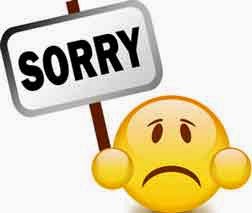When the leaves start to change colors and fall from the trees, it's time to have fun with leaf projects!!
First, find the book "Leaf Man" by Lois Ehlert - it is so much fun to read ... and your children will love the awesome illustrations! Each one shows a different character made entirely of leaves ... animals, people ... make sure you look carefully to see it.
Next, take your little guys on a leaf hunt to find as many different varieties of leaves as you can. Make sure to get a variety of colors and shapes, and sizes, to make your own illustrations really cool!
Then, set out your leaves on some contrasting construction paper and move them around, making different combinations until you make a shape that looks interesting :)
Have your little ones try different combinations to make different creatures, and finally, get ready to glue them on paper or encase them in plastic, to keep them forever. You can use glue dots to fix the leaves where you want them, or you can use clear contact paper to make them into a "sun catcher." Either way, make sure you add details, like faces, eyes, hands, paws ... whatever will make your character come to life!
Have fun!
First, find the book "Leaf Man" by Lois Ehlert - it is so much fun to read ... and your children will love the awesome illustrations! Each one shows a different character made entirely of leaves ... animals, people ... make sure you look carefully to see it.
Next, take your little guys on a leaf hunt to find as many different varieties of leaves as you can. Make sure to get a variety of colors and shapes, and sizes, to make your own illustrations really cool!
Then, set out your leaves on some contrasting construction paper and move them around, making different combinations until you make a shape that looks interesting :)
Have your little ones try different combinations to make different creatures, and finally, get ready to glue them on paper or encase them in plastic, to keep them forever. You can use glue dots to fix the leaves where you want them, or you can use clear contact paper to make them into a "sun catcher." Either way, make sure you add details, like faces, eyes, hands, paws ... whatever will make your character come to life!
Have fun!















